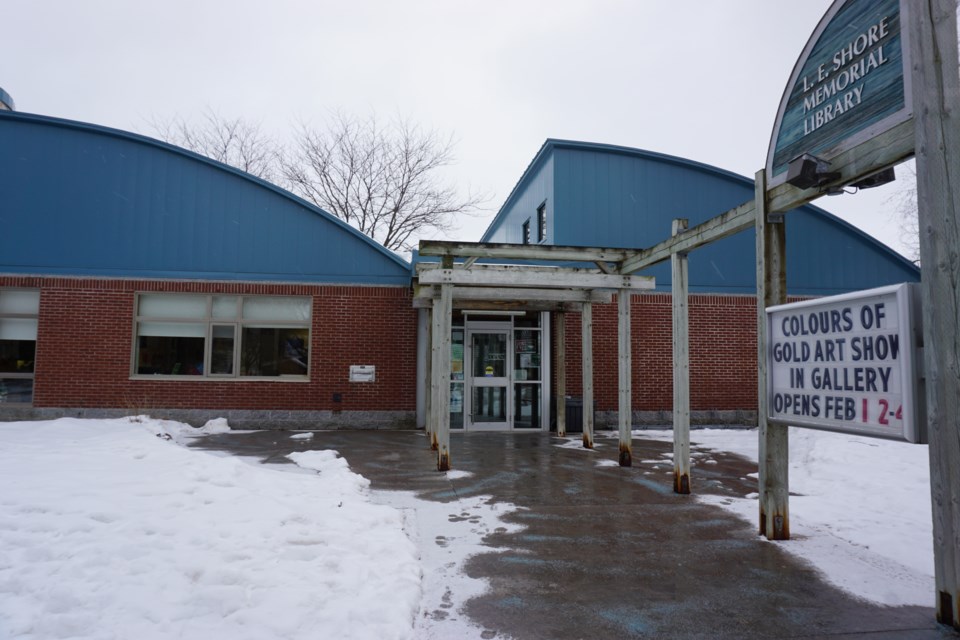The Town of Blue Mountains Public Library (BMPL) CEO would like to see a change in how library use is calculated.
“The true population that we have to look at from the Ministry is 7,000. But the reality is that there are far more people in our community. There are seasonal workers and this huge tourism population as well,” says Sabrina Saunders, CEO of BMPL and incoming president of the Ontario Library Association (OLA).
Saunders explains that when municipal or provincial bodies look at the usage numbers of community libraries for budgeting purposes, they generally take into account population size from Census Canada and the number of active library cardholders in the community.
“Our public operating grant is based on population and when we make our presentations to council, one of the questions is always, what is your percentage of active card holders compared to the population?” Saunders says. “But, the problem is that is not necessarily a proper reflection of the populations we are seeing.”
The Ministry of Heritage Tourism Sport and Culture Industries (MHTSCI), 2018 Ontario Public Library Statistics report cited in the Town of Blue Mountains 2020 draft library budget, paints a picture of the BMPL’s use. Of the population served, which is listed as 6,805, there were 4,595 active cardholders, or 68 per cent.
As noted in the draft budget, the population served in 2018 was listed using the 2016 Census resident population only. As of 2018, BMPL identifies the resident population as 7,030.
In future years, the Town of the Blue Mountains may decide to use the population served including full time, weekend and seasonal residents, which would total 15,023.
“From a library end, we don’t look to ask 'are you a weekender or a full-time resident?' If you only come to the library once a week, what difference does it make?” Saunders says.
Further numbers show that in 2018, BMPL had a circulation of 107,416 and 33,030 program attendees.
“When looking at our provincial counterparts, our numbers and programing are head and shoulders above others,” Saunders says.
In the draft budget, comparable numbers from neighbouring communities were pulled from the MHTSCI report. For example, the Collingwood Public Library is listed to have a population served of 23,209 with 40 per cent of the population being active cardholders and program attendance was well below the BMPL estimates at 13,329.
“As the incoming president for the OLA, I will be able to bring those types of nuances forward,” Saunders says. “We have to think beyond population sizes because there is quite a bit of traffic that is not being accounted for. These are a few of the things that I hope to look at.”
Saunders also plans to address the topic of how library card use has changed. She explains that in the past every individual would have their own library card, whereas today, most families will use one card for everyone.
“We have over 4,000 current library cardholders and we know those numbers are not right,” Saunders says. “When we look at numbers, we will say currently 68 per cent of our community are active cardholders. But that number may be skewed as one card could have several users.”
The concern around acquiring proper numbers boils down to finances. In part, the public operating grant is based on these population numbers and if they are not accurate, the library will not receive proper funding.
“I think it really is a case of being able to work as closely with the town and community to make sure we are well embedded into all of the studies that they are doing, and remembering that we are a municipal service,” Saunders says. “It is very easy to say, well the library does this and the town needs to do this. But this is one community and one tax base with one town budget.”



